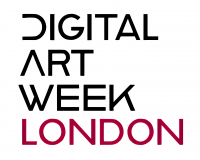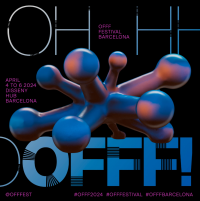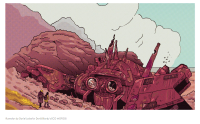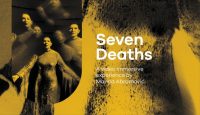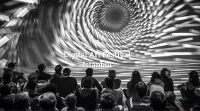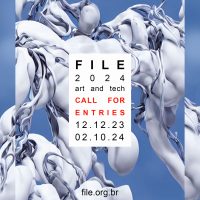Beijing Culture & Art Fund, together with University of the Arts (UArts) in Philadelphia, and the Academy Arts & Design, Tsinghua University (AADTHU)
in Beijing, is delighted to present the first virtual edition of Technology and Innovation in Fiber Art.
Running from 23 November to 24 December 2020, the online exhibition can be visited via a 2.5D platform developed and built by AADTHU and accessible here: https://fibertechart.ad.tsinghua.edu.cn/.
The 2020 China and USA Technology and Innovation in Fiber Art virtual exhibition presents contemporary Fiber Artists who have demonstrated their research and investigation in innovative approaches in textile methodology, materiality, and technology. Twenty artists from China and twenty artists from the United States manifest a variety of approaches in their art making.

Fan Wu, Symbiosis, 2016. 11.2*4.6*0.3cm, anodized aluminium. Courtesy of the artist.
Yue Song, exhibition co-curator and AADTHU professor, notes: “We are honored to showcase 40 outstanding contemporary fiber artists from America and China who have pushed the boundaries of their medium to explore new technologies and new materials over the course of the past five years. The exhibition focuses on the latest achievements of these innovative artists, who have expanded and combined the traditional techniques of weaving, knotting, coiling and interlacing with current cutting-edge technologies, including scientific, digital technologies, materials and craftsmanship.”
Since its inaugural international acknowledgment in the 1960s, contemporary fiber art has no longer been limited by traditional techniques, materials and craftsmanship, evolving to become a comprehensive, diverse and intersectional art genre. The application of scientific and technological innovation has also provided a larger space and platform for creation, research, education and industrial development.
Mi-Kyoung Lee, exhibition co-curator and UArts professor, says: “As a curator, my focus has been to represent the broad spectrum of textile technology and innovation from analogue to digital, as well as artists’ profound personal, cultural, historical, and social connection to the medium. I hope this exhibition will allow fiber artists, audiences, and supporters to reexamine where this field is at now, and will serve as an inspiration for the future generation of textile artists.”
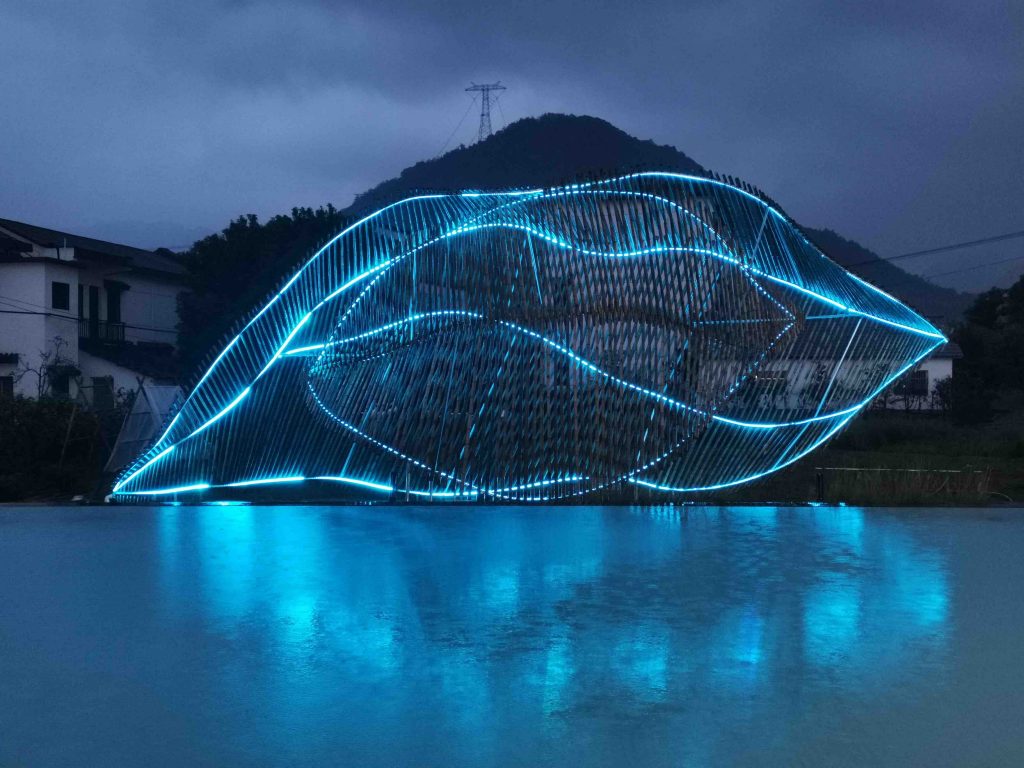
Lecheng Lin, Guangzhong Li & Yuehong Lin, The Light Pavilion, 2020. 1200x600x600cm, Bamboo, Metal, LED. Courtesy of the artists.
With the support of new scientific and technological materials and information technology, fiber art has expanded in scope from 2-dimensional work to 3- or even 4-dimensional work to encompass cross-professional and cross-field cooperation relationships that challenge a more traditional fiber art perspective that emphasized individual production and manual culture.
Each of the 20 artists from China and 20 artists from the USA presented in the exhibition have been using fiber art to explore a variety of contemporary themes, including gender, intimacy, environment, politics and science, as well as investigate innovative approaches in textile methodology, materiality, and technology.
During the exhibition, Technology and Innovation in Fiber Art will host an international symposium online via the Tencent 腾讯 conference platform (VooV meeting ID is 243699390). Taking place from 9 to 12am CST on 5 December 2020 (8 to 11pm on 4 December EST), the discussion will bring together six fiber artists to share their perspectives on the history of fiber art, as well as details of their practice. Art professionals, students, and other interested audiences are all welcome to participate.

Xie Yong, Cyber Cocoon Kids, 2018. 70cm*70cm*170cm, optical fiber, silica gel, LED. Courtesy of the artist.
Originally conceived as a physical exhibition, Technology and Innovation in Fiber Art was moved to a virtual space in response to the COVID-19 pandemic and resulting lockdown. AADTHU recently developed a 2.5D virtual platform, which was initially designed as an innovative “online viewing room” and launched in June with the graduation exhibition at Tsinghua University. It has now been adapted to serve as a virtual exhibition space.


 If you have interesting news and events to point out in the field of digital cultural heritage, we are waiting for your contribution.
If you have interesting news and events to point out in the field of digital cultural heritage, we are waiting for your contribution.


